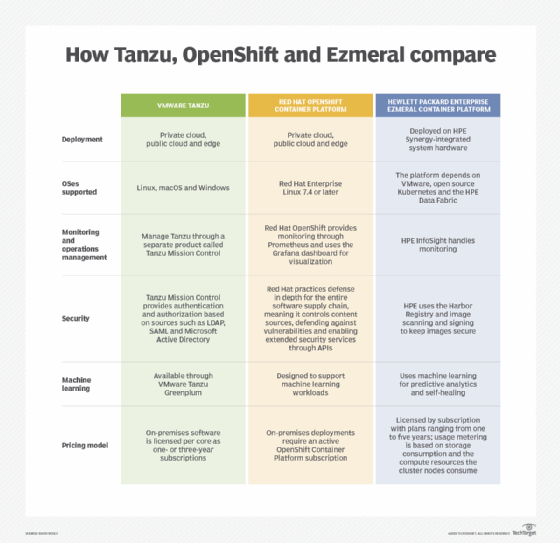


Just as people use Xerox as shorthand for paper copies and say “Google” instead of internet search, Docker has become synonymous with containers.ĭocker is more than containers, though. This opens the door to auto-scalable applications, which effortlessly matches the demands of rapidly growing and varying user traffic. In production, containers are easy to replicate. The time and effort saved with testing and deployment are a game-changer for DevOps. A standard Docker container can run anywhere, on a personal computer (for example, PC, Mac, Linux), in the cloud, on local servers, and even on edge devices.Ĭontainer technology is very powerful as small teams can develop and package their application on laptops and then deploy it anywhere into staging or production environments without having to worry about dependencies, configurations, OS, hardware, and so on. Just like shipping containers revolutionized the transportation industry, Docker containers disrupted software. Think of containers as the packaging for microservices that separate the content from its environment – the underlying operating system and infrastructure. As businesses break up their monolithic colossuses into nimble containerized microservices, they often reduce time to market from months to days. Why containers?Ĭontainers are the key technical enablers for tremendously accelerated deployment and innovation cycles. Docker, their respective core domains, and some of the challenges involved in both technologies, like observability. Here are the main differences between Kubernetes vs. In a nutshell, they are complementary and, in part, overlapping technologies to create, manage, and operate containers. If cloud-native technologies and containers are on your radar, you’ve likely encountered Docker and Kubernetes and might be wondering how they relate to each other.


 0 kommentar(er)
0 kommentar(er)
